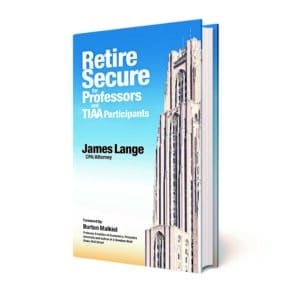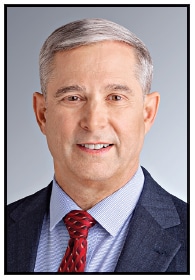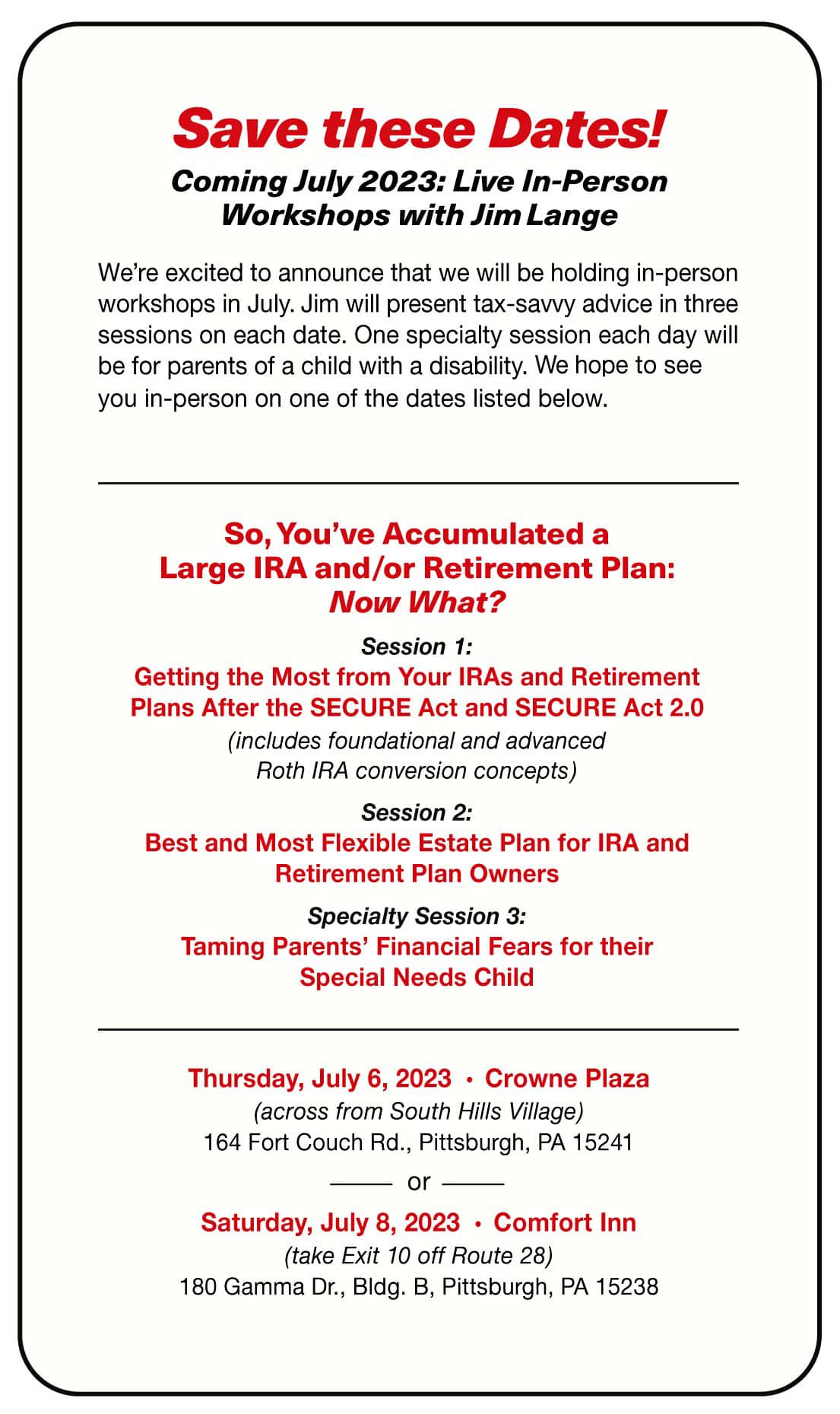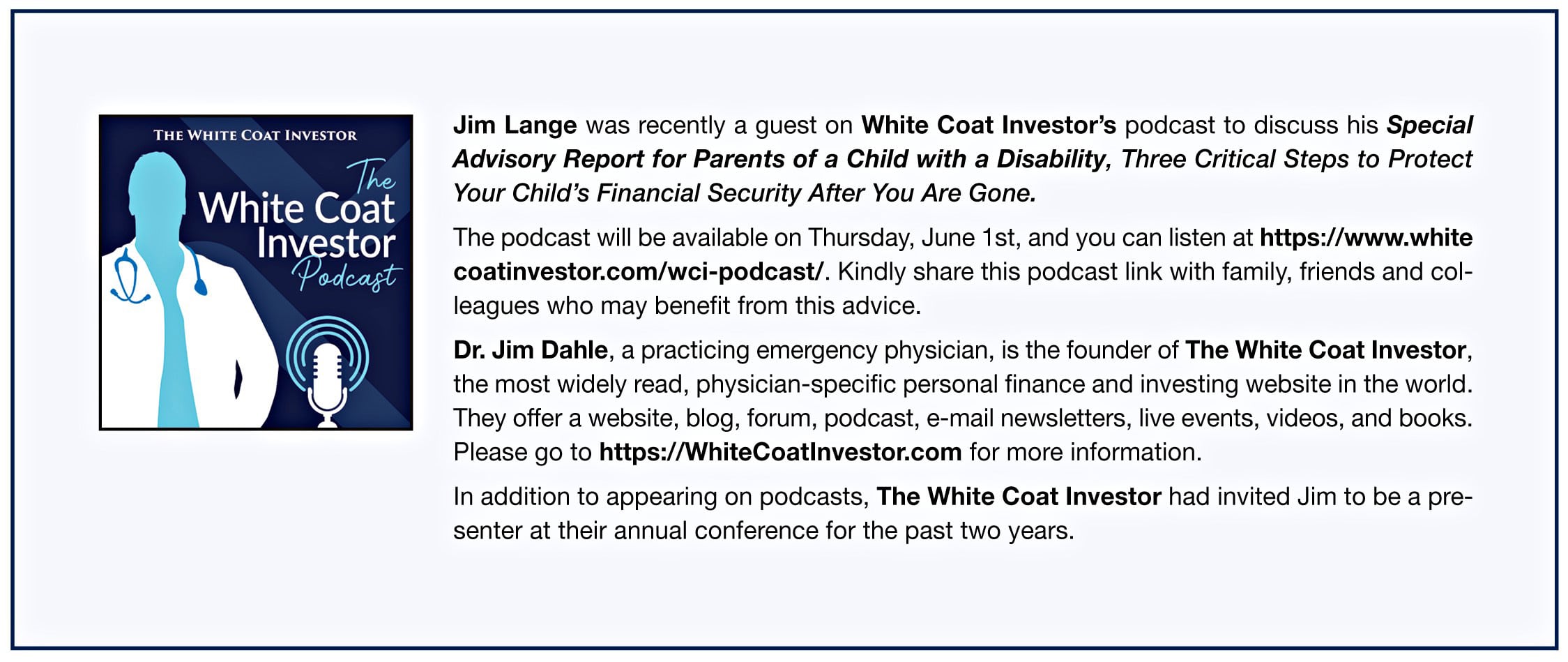



Positioned as a specialty book entitled Retire Secure for Professors and TIAA Participants, my new book will also be relevant for most IRA and retirement plan owners. Compared to my eight prior, best-selling books on retirement, the newest is by far the most thorough and comprehensive.
We took the best of the third edition of my flagship book, Retire Secure!, significantly updated and expanded it, redid all the calculations, charts, and graphs, and added some of the best specialty chapters from the earlier books.
Positioned as a specialty book entitled Retire Secure for Professors and TIAA Participants, my new book will also be relevant for most IRA and retirement plan owners. Compared to my eight prior, best-selling books on retirement, the newest is by far the most thorough and comprehensive.
We took the best of the third edition of my flagship book, Retire Secure!, significantly updated and expanded it, redid all the calculations, charts, and graphs, and added some of the best specialty chapters from the earlier books.
I haven’t worked this hard on a book since the first edition of Retire Secure!. The editor I have used for 25 years worked longer and harder on this manuscript than on any of our previous books. We hired an outstanding CPA/writer Liz Farr who worked nearly full-time on the book for over a year.
Yet the most significant addition to the quantitative side of the book came from Jen Hall, one of our newer number-crunching CPAs. In short, this book is the best our team has ever produced.
Three of the book’s chapters are dedicated specifically to professors and TIAA participants; these will not likely be relevant for all readers. However, as noted, the rest of the book is relevant to IRA and retirement plan owners as well.
I am realistic enough to know that most people will not read all 450+ pages. They may scan the detailed Table of Contents and then read whatever in the book interests them. Some will start the book and never make it past Chapter One. So, Chapter One is like the Cliff Notes version of the entire book and the best of our financial strategies.
At the end of this article, you’ll find several offers you may take advantage of, including a free copy of Chapter One. Another offer allows you to get a digital copy of the whole book immediately.
The Back Story of Retire Secure for Professors and TIAA Participants
After I wrote the successful third edition of Retire Secure!, my business coach, Dan Kennedy, informed me that it was time to write a book for college professors. I have served well over 500 college professors as clients for 30 years. My mother and brother were professors. Lots of my friends were professors. It was the logical thing to do.
Dan’s thinking was that a specialty book, while likely appealing to fewer people than did my earlier books, would be more relevant for the people it did appeal to: such a book would help many professors, thus enhancing both my reputation among academics and my business overall. He knew I would write a good book and market it well.
Though I agreed with him, there was another book I wanted to get out first: whereas the professor book would not lose relevance if delayed, my other idea was extremely timely. At that point in the U.S., most states, including Pennsylvania, did not allow same sex couples to marry. New York was a neighboring state that did sanction gay marriage. Though I am not gay, I want to reduce taxes and provide financial stability for all my clients and readers.
To oversimplify, being married provides significant tax advantages, particularly in the areas of inheritance and spousal benefits for Social Security. To be fair, for some couples there is a downside to getting married. Now, the information is still relevant, but to all couples, gay or straight. (My most recent and best thinking on this topic is in fact in the new book, Retire Secure for Professors and TIAA Participants in a chapter called Get Married for the Money. I saw a legal loophole, one no one had written about, that would be extremely favorable for same sex couples residing in a state that did not recognize same sex marriage.
In a nutshell, though states such as PA did not allow same sex marriage to be performed within the state, they were forced to recognize same sex marriages performed in states where the practice was legal. Thus, a same sex couple from Pennsylvania could go to New York to get married, then return to Pennsylvania to enjoy marital benefits, particularly in the areas of inheritance and Social Security benefits.
I knew this was a great idea. I could save a lot of couples a lot of money. I told my coach, “My next book will be for same sex couples. I can help a lot of people and now is the time to do it!” He shook his head. He wanted me to write for the academic niche I had such affinity for. But he also understood I had to get this other book out of my system. So, I wrote it. And even though I got great coverage in Bloomberg, WallStreetJournal.com, and other venues, the book sold poorly, and I got very few clients from it.
So, Dan said, "Okay, good. Now that you got that out of your system, why don't you get working on the book for professors?"
"Wait,” I said, “there's been a change in the law." I won’t go into details here, but I was sure that if I just revised the book that had failed, addressing the change in law, this time it would sell. This time, I’d help a lot of people and pick up a lot of clients. Again, Dan shook his head. He really didn't want me to do it. But I'm the client. I could do whatever I wanted.
And I did. And that book failed miserably, too.
About a year later, a friend of mine attended a talk by Dan Kennedy in Kansas City. The audience was a group of financial advisors. One of Dan’s main points was, you should practice and market in areas for which you have affinity.
Don’t just pounce on a niche because it looks promising. You should have deep knowledge and appreciation of that niche. For example, if you do a lot of work for car dealerships, market to, and maybe write a book for, car dealers.
Dan went on to illustrate his point with a story:
"You guys might not believe this, but I have this client who has over 500 professors as clients. His mom is a professor, his brother is a professor, his friends are professors, and he's good at writing and marketing books. And I recommended that he write a book for professors, and he said, ‘No, I have to get this book for gay couples out first.’ He’s not gay, and he doesn’t have a large gay clientele. Well, of course, I advised against it, but he went ahead and did it. And then after it was out—and of course it sold miserably—I said, 'Okay, finally you can get onto the book for professors.' And what does he do? He writes another book for gay couples. Can you imagine how stupid this guy is?"
Naturally, the crowd had a huge laugh. And when my friend reported the incident to me, I actually got a good laugh out of it, too.
Getting this book out for professors has been on my to-do list for years. I won't go through all the reasons why it took this long, but I can tell you, it is well worth the wait.
One Last Nuance to the Story
This book was a bear to write, representing thousands of hours of work. I’d hoped to get it out last year. That didn't happen. New laws came in and we had to rewrite large portions of the manuscript. I had to update many of the graphs and charts. But finally, the book was updated and close to going to the printer under the title, Retire Secure for Professors.
My plan for the future was to follow this book with another: Retire Secure for TIAA Participants. TIAA is the most popular 403(b) provider of retirement plans for nonprofits, with five million participants and has $1.3 trillion under management. There are no good current books on TIAA. Moreover, as so many college professors are TIAA participants, I’d already included three specialty chapters about TIAA in Retire Secure for Professors. I realized that, much as I loathed to further delay the current book, rather than write a separate book for TIAA Participants, the more logical path was to combine the two projects as Retire Secure for Professors and TIAA Participants. It’s finally at the printer.
Furthermore, for those of you who are neither professors nor TIAA clients: if you skip the dedicated TIAA chapters, you’ll find that the advice for professors and TIAA participants will also apply to a more general IRA and retirement plan owner audience.
How You Can Benefit Now
Here are two offers for you. You can have Chapter One—the summary of all the most crucial information in the book—for free by going to PayTaxesLater.com/ChapterOne. There is no obligation and no catch.
A second thing you could do is join our book launch group by going to PayTaxesLater.com/ProfessorBook. You’ll receive the entire book NOW when you promise to buy a digital book for $2 and write an honest Amazon review when we notify you via email. To read Chapter One, please go to PayTaxesLater.com/ChapterOne.

To join our book launch group, please go to: PayTaxesLater.com/ProfessorBook
You’ll receive the entire book when you promise to buy a digital book for $2 and write an honest Amazon review when we notify you via email.
To read Chapter One, please go to: PayTaxesLater.com/ChapterOne



